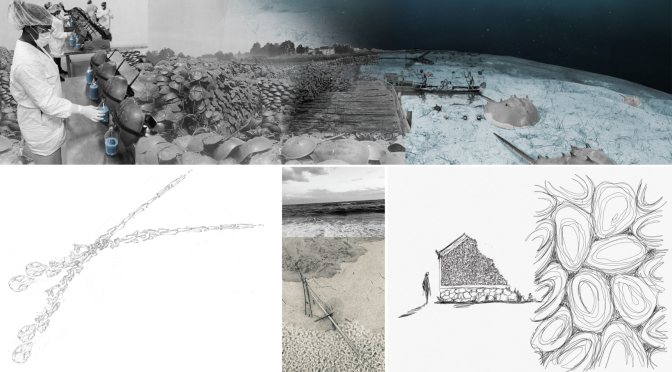This Veterans Day, New York’s Office of State Parks and Historic Sites honors and recognizes our military veterans around the country. We are fortunate to have a number of veterans as members of our Parks family, and we thank them, not only for their service, but for sharing how their military experience informs their civilian roles within our agency.

Andrew Bresett is an Army veteran and a maintenance worker at Lakeside State Park in Waterport. He says his service taught him perseverance. “No matter the situation, we can always get through it,” he said. “I can get through any challenge that’s thrown my way.”
Neil Briggs is an Army veteran and a seasonal maintenance worker at Selkirk Shores State Park in Pulaski. As an equipment operator in the Army, he brings a wealth of experience to his position. He says that a highlight of his service was loading a multi-million-dollar computer onto a C145 airplane guided by a ‘Full-Bird’ Colonel.
Francis Cleveland works at Robert Treman, Buttermilk Falls and Allan Treman State Parks in the Finger Lakes. Before that, he served in the Marines. “I was a ‘jar head’ for six years,” he said. “I appreciated the comradery we all had. Gung Ho!” He credits his service with his strong work ethic and attention to detail. “I take my work seriously. Things need to be done right.”
Continue reading Honoring Veterans Who Work at NY State Parks & Historic Sites








